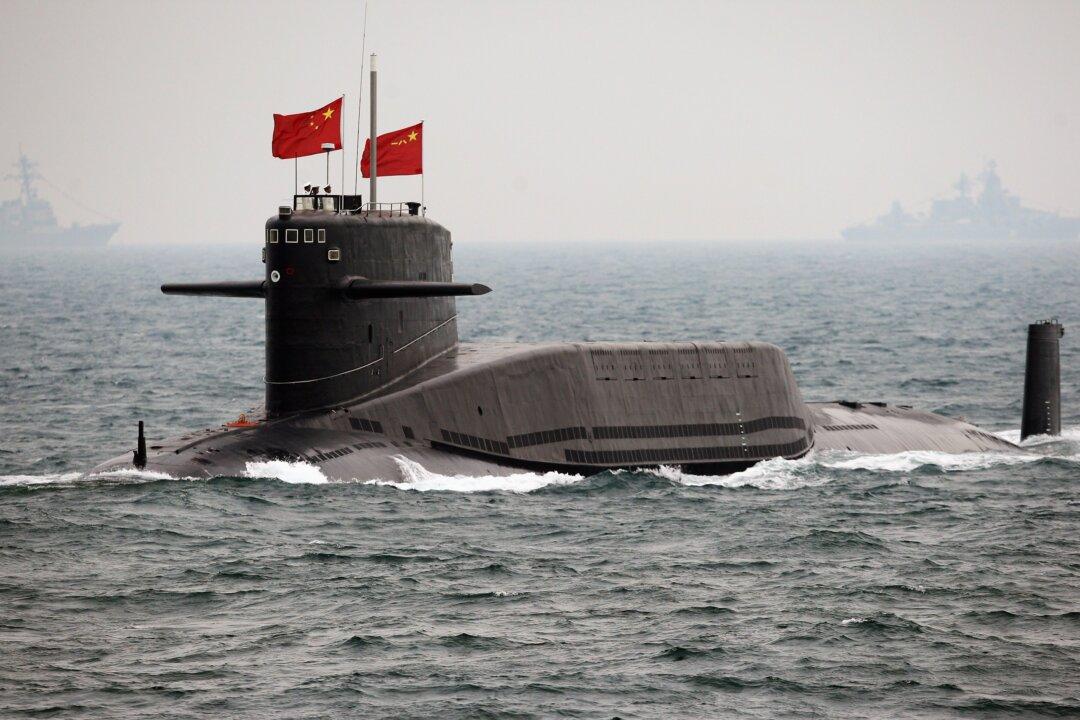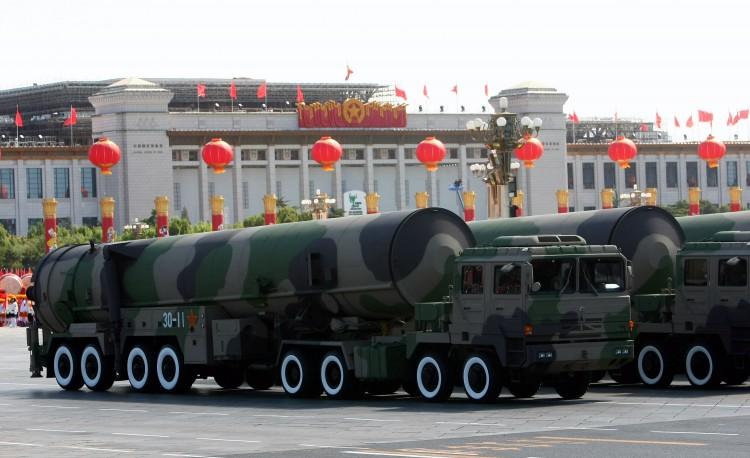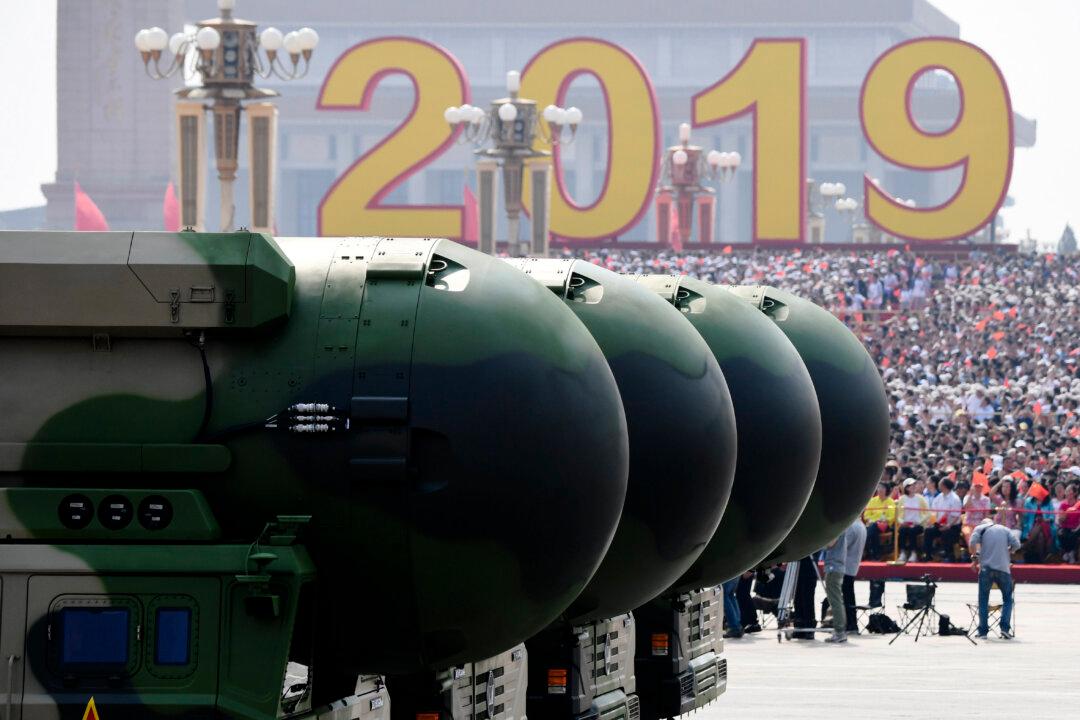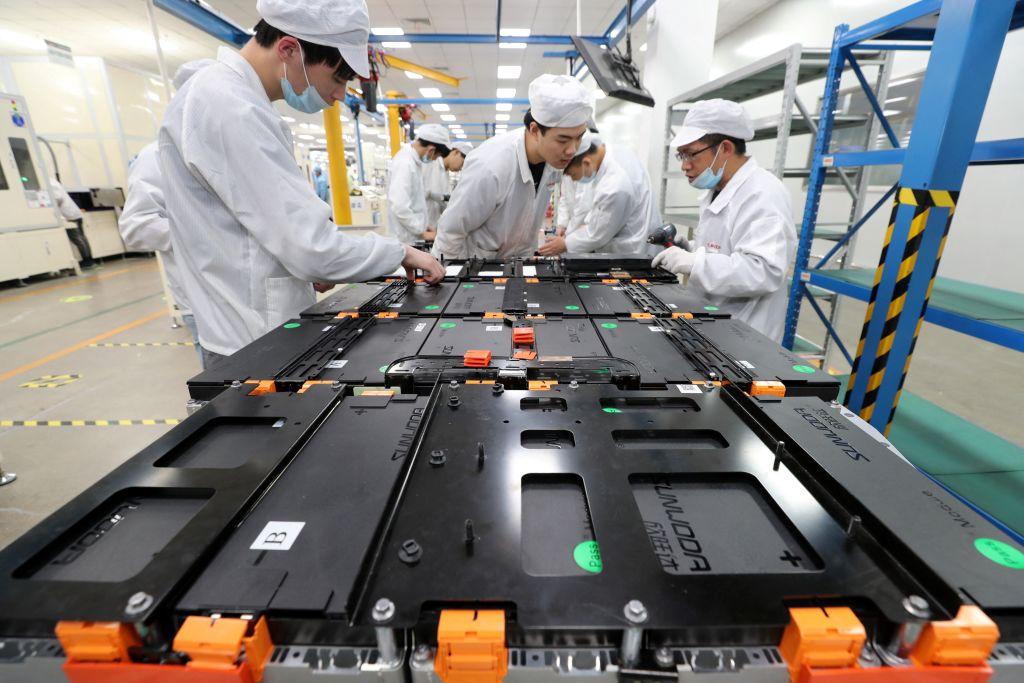Dozens of China’s nuclear- and non-nuclear-powered submarines, as well as surface ships, will pose a significant threat to American naval assets with the deployment of a new anti-ship cruise missile, U.S. naval intelligence says.
The U.S. Office of Naval Intelligence confirmed that the Chinese regime produced and deployed its YJ-18 anti-ship cruise missile on several ships and submarines of China’s People’s Liberation Army Navy, according to an Oct. 28 report by the U.S.-China Economic and Security Review Commission.
The new weapon is a major step up from the previous mainstay of Chinese submarine-based anti-ship weapons. While the previous YJ-82 had an attack range of 20 nautical miles, the new YJ-18 is capable of hitting targets 290 nautical miles away. While in flight, the cruise missile maintains a speed of about 600 miles-per-hour, or about Mach 0.8, then speeds up to Mach 3.0 (three times the speed of sound) as it approaches the target.
The supersonic sprinting phase the YJ-18 takes “reduces the time adversary forces have to engage the missile,” the report says, while its subsonic cruising speed saves fuel and increases the overall attack range.
Chinese forces are investing heavily in space-based coordination and guidance systems for tracking vessels and aircraft, which the YJ-18 and other new Chinese weapons will use to receive targeting data for ships over the horizon. At the same time, the YJ-18 itself is likely to take a stealthy, radar-evading flight path skimming a few meters above the ocean surface.
The Commission’s report says that because the YJ-18 can be deployed on a wide variety of Chinese vessels, its deployment “could have serious implications for the ability of U.S. Navy surface ships to operate freely in the Western Pacific in a contingency.”
The missile, with its increased range, can be launched from many of China’s submarines, which vastly increases the area that U.S. ships would have to patrol and search during a potential military conflict.
The long-range and supersonic capability of the YJ-18 also means Chinese forces have a better shot at overwhelming the anti-air defenses protecting American carrier groups. This echoes the Cold War-era Soviet tactic of saturation attacks by large numbers of heavy long-range anti-ship missiles—a ploy intended to offset the overall advantage in technology and assets enjoyed by the United States Navy.




